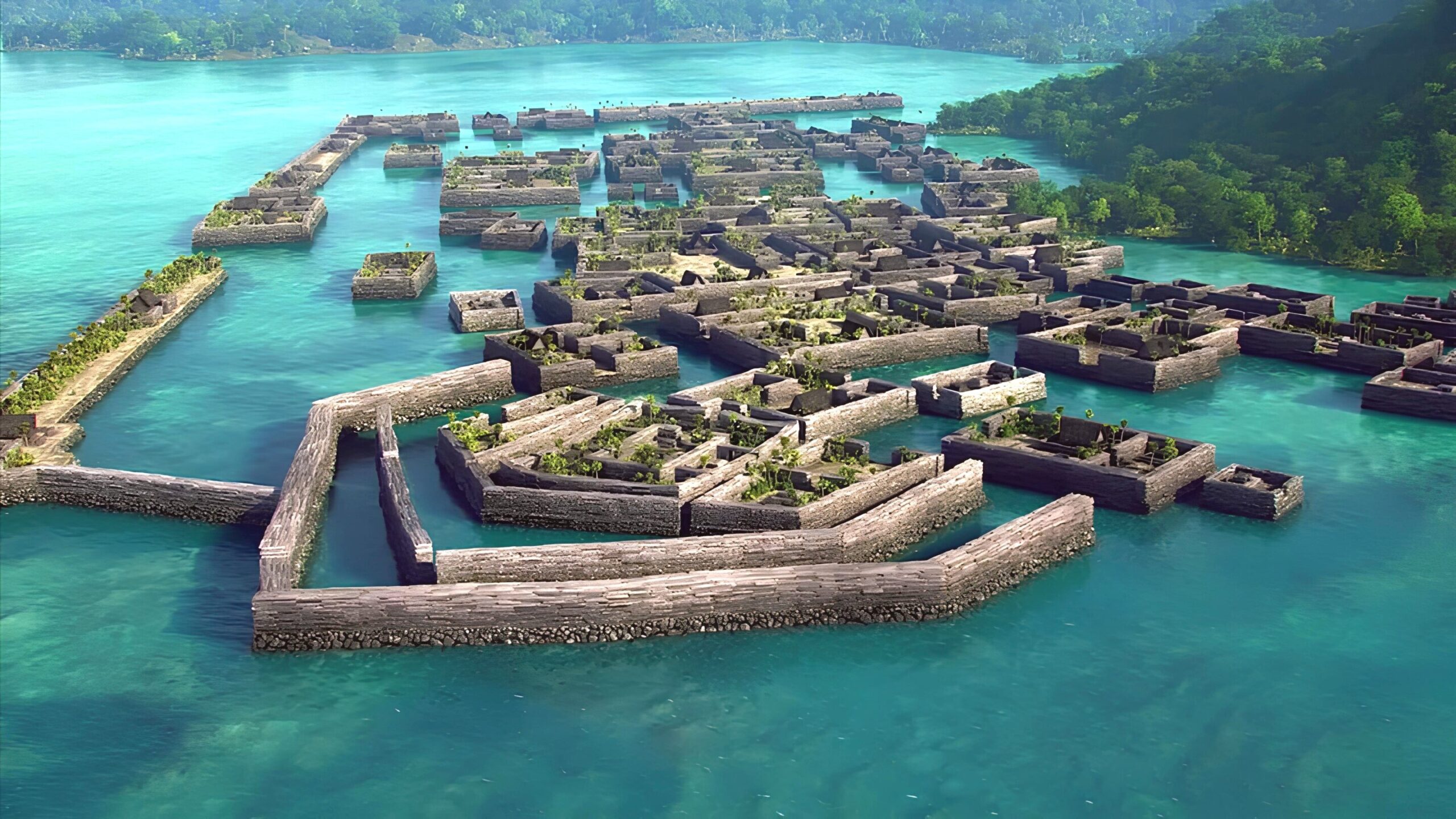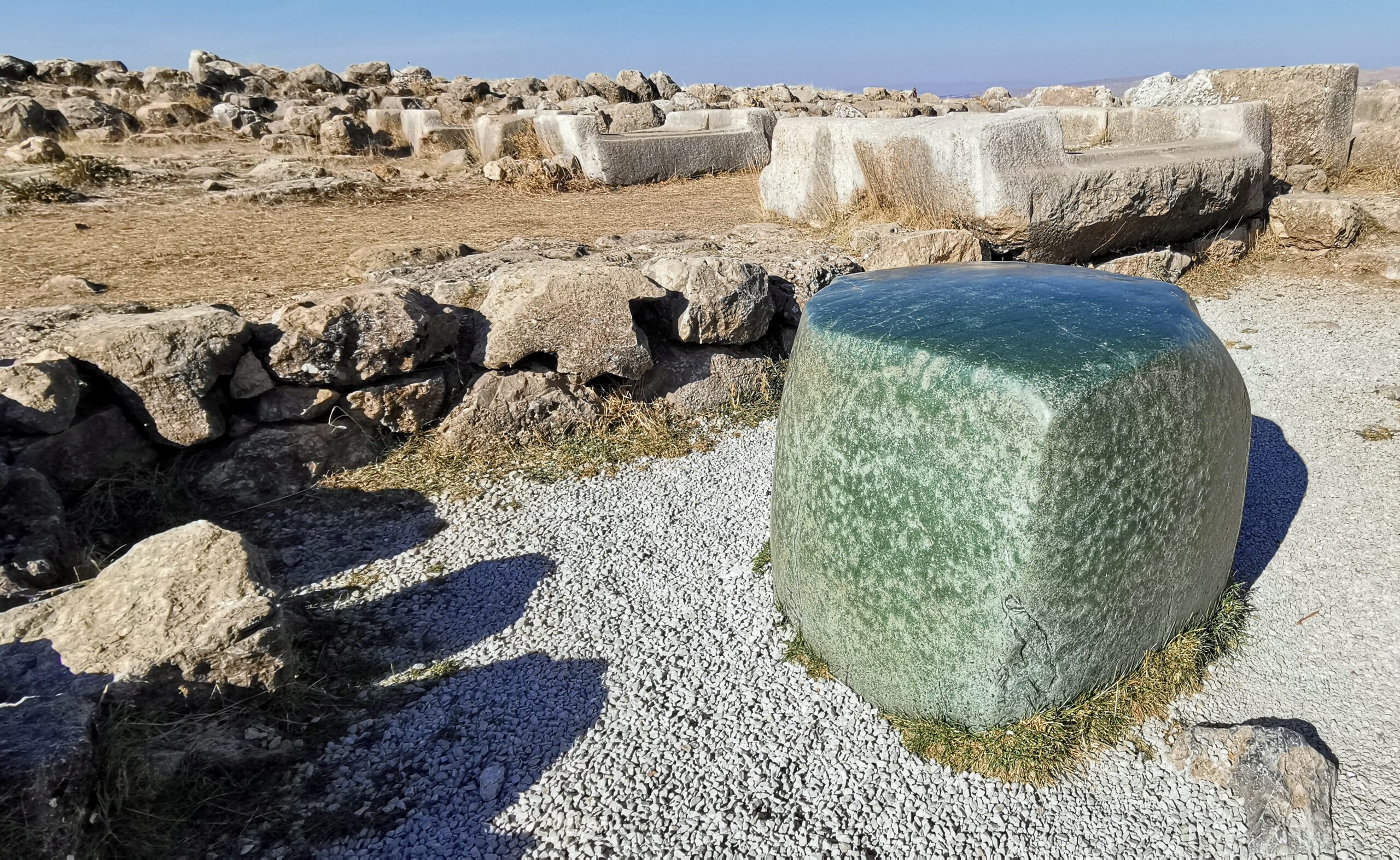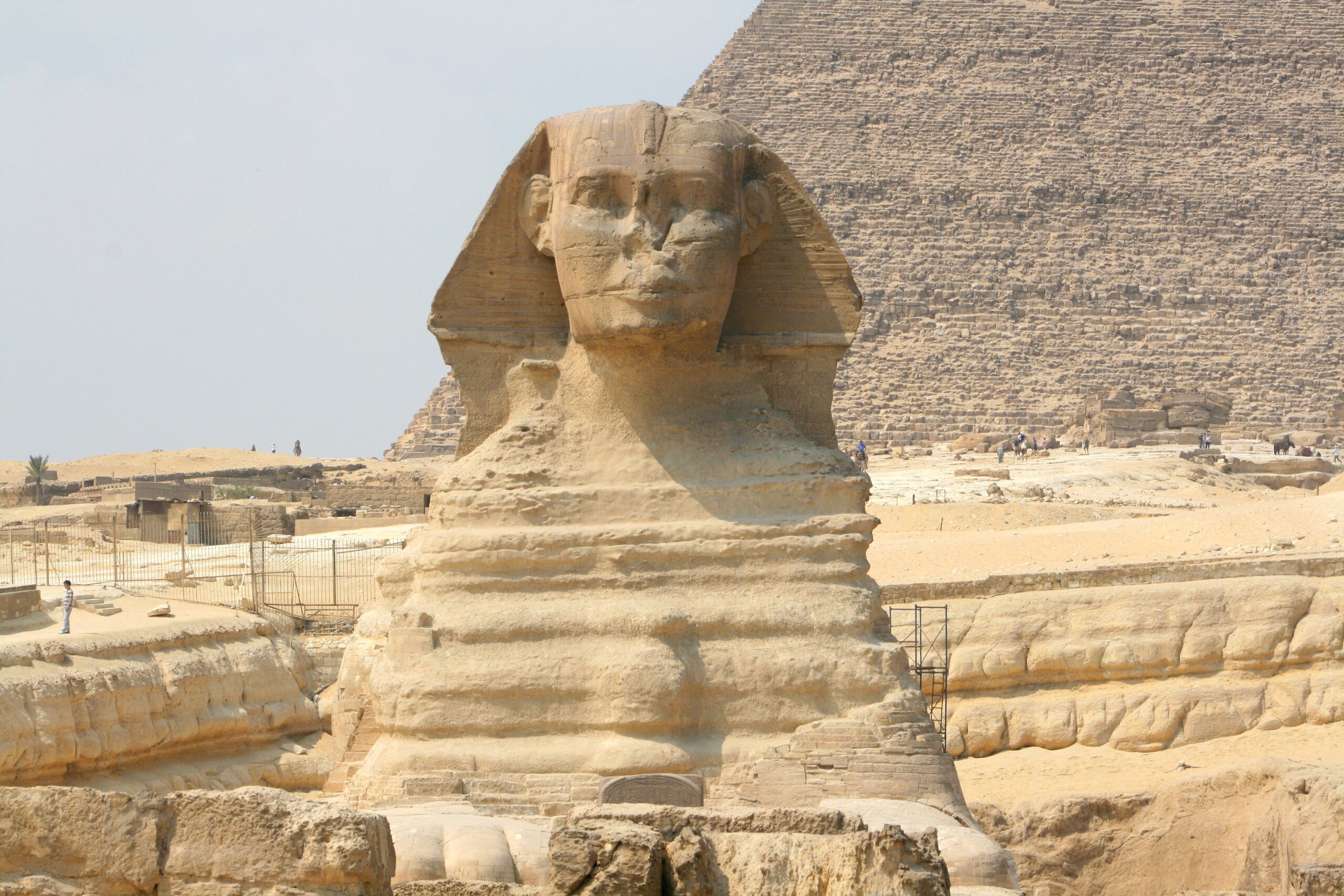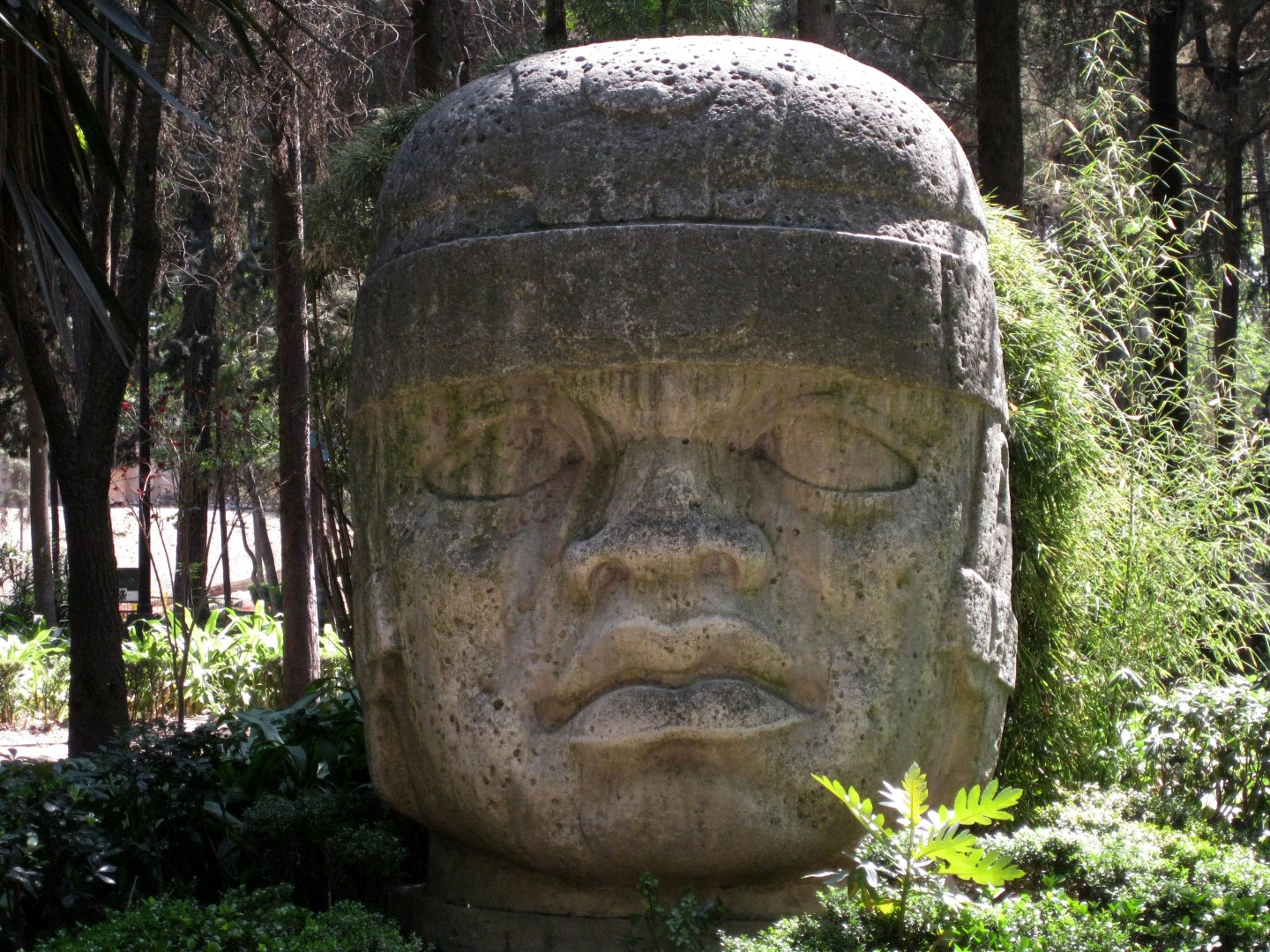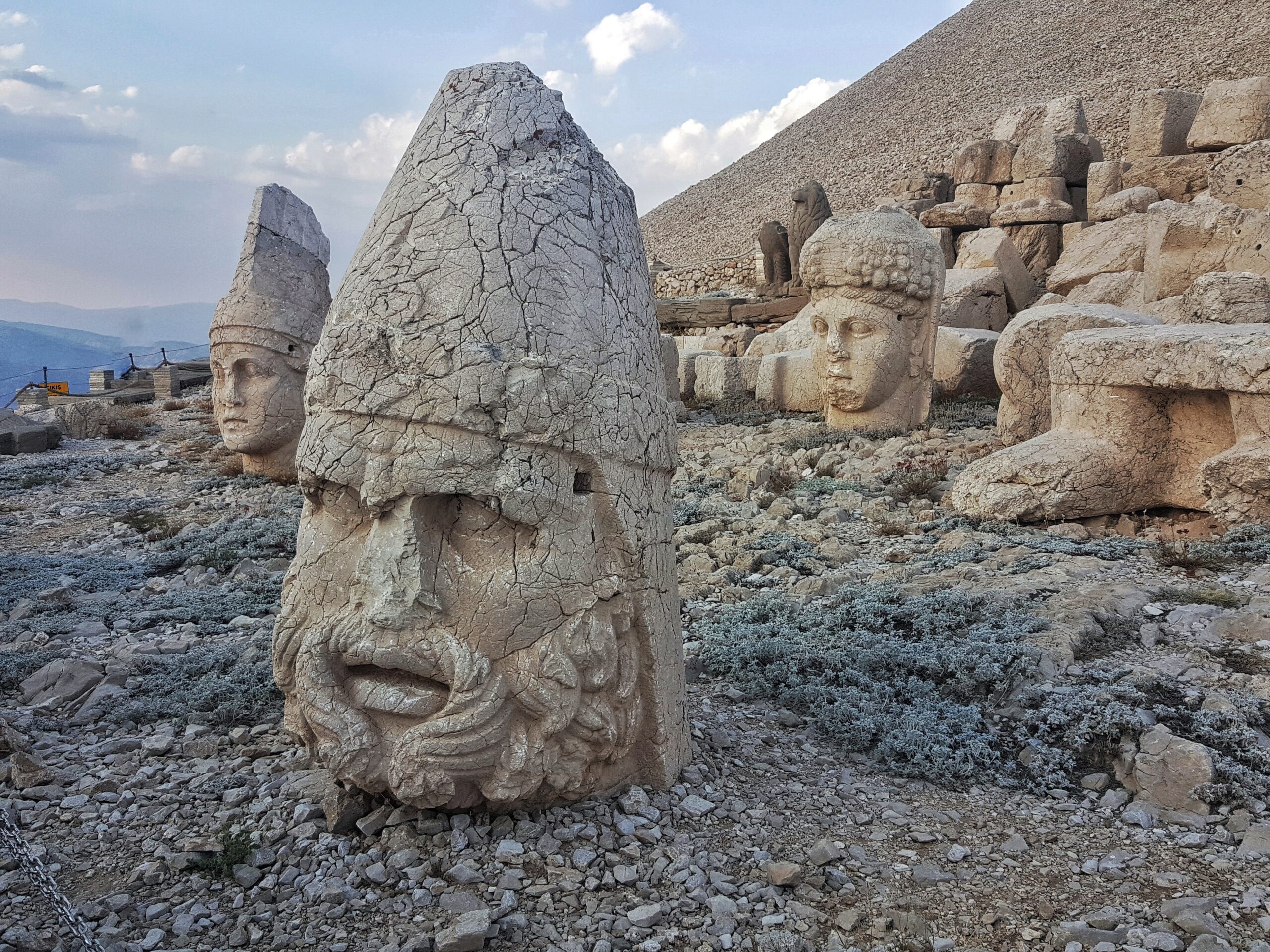
High in southeastern Turkey’s Taurus Mountains, Mount Nemrut stands as a striking relic of ancient ambition, crowned with colossal statues and a king’s tomb from the 1st century BC. Rising 7,001 feet near Adıyaman, this site reflects the vision of King Antiochus I of Commagene, who ordered 26-to-30-foot stone figures of gods, lions, and eagles to encircle a 161-foot-high rock pile known as a tumulus. Recognized as a UNESCO World Heritage Site in 1987, Mount Nemrut fuses Greek and Persian influences in a way that sparks curiosity about its purpose. What kind of king crafts such a bold monument—and why? This question frames a journey into a lost kingdom’s story, revealed through its enduring limestone remains.
A King’s Bold Project Begins
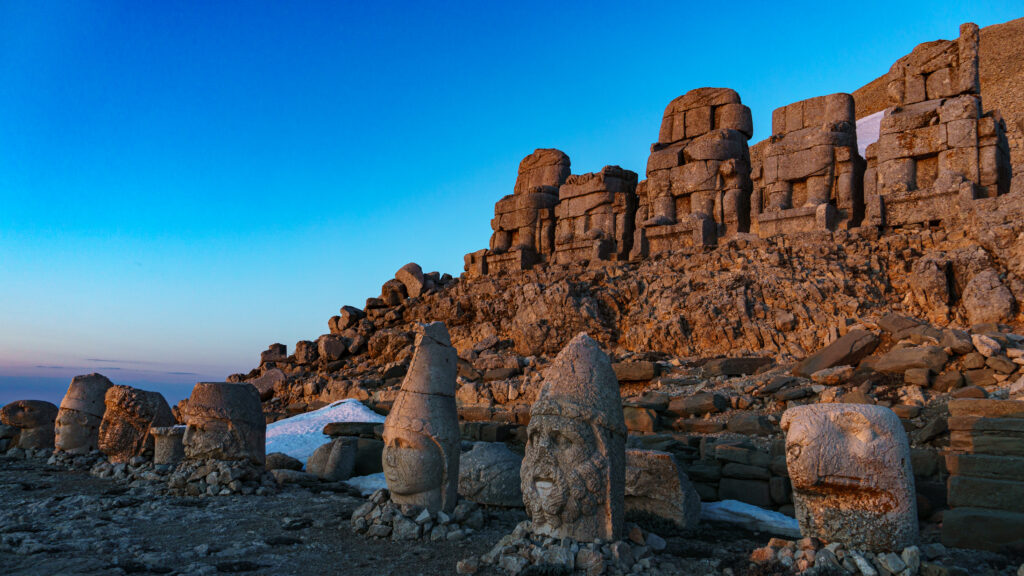
Mount Nemrut came to life in 62 BC when Antiochus I selected this rugged summit for a grand display. Located 25 miles north of Kahta, it ranks among the highest peaks in the eastern Taurus range, offering a broad view over the Euphrates River valley. Workers piled crushed rock into a tumulus 499 feet wide, then built eastern and western terraces adorned with massive statues. The east terrace once held five upright figures; today, their heads lie below, toppled by time or earthquakes, gazing across the landscape.
German engineer Karl Sester explored the site in 1881, yet despite decades of effort, no tomb chamber has been uncovered. Pottery and tools tie it to ~62 BC, during Antiochus’s reign (69-34 BC). However, no Commagene records explain the choice of this remote peak, leaving historians to ponder the intent behind such a striking endeavor.
Commagene’s Ambitious Ruler
The Commagene Kingdom emerged in 163 BC, formed from the fragments of Alexander’s empire, and persisted until Rome’s takeover in 72 AD. Antiochus I, ruling from 69 to 34 BC, traced his lineage to Persian and Greek royalty. Thus, Mount Nemrut became his signature creation, a temple-tomb featuring statues of gods like Zeus-Oromasdes and Apollo-Mithras alongside his own likeness. The site embodies his dream of a lasting name beyond his modest realm.
The kingdom thrived on trade routes, sourced stone from nearby hills, and produced bronze to support the project. Greek inscriptions on the statue bases call for celebrations of Antiochus’s birthday and coronation with these deities. Yet Rome’s arrival in 72 AD marked the end, and Mount Nemrut slipped into obscurity as Commagene faded.
Mount Nemrut’s Statues Tell a Dual Tale
Mount Nemrut’s statues, standing 26 to 30 feet tall, grace the terraces, sculpted from limestone blocks quarried in the region. Antiochus, Zeus, Apollo, Heracles, and Tyche (Fortune) rest on thrones, flanked by lions and eagles symbolizing strength and the heavens. Their Greek facial features contrast with Persian robes and hairstyles, reflecting Commagene’s blended heritage. For example, Zeus-Oromasdes merges Greek mythology with Persian beliefs, a deliberate fusion by Antiochus.
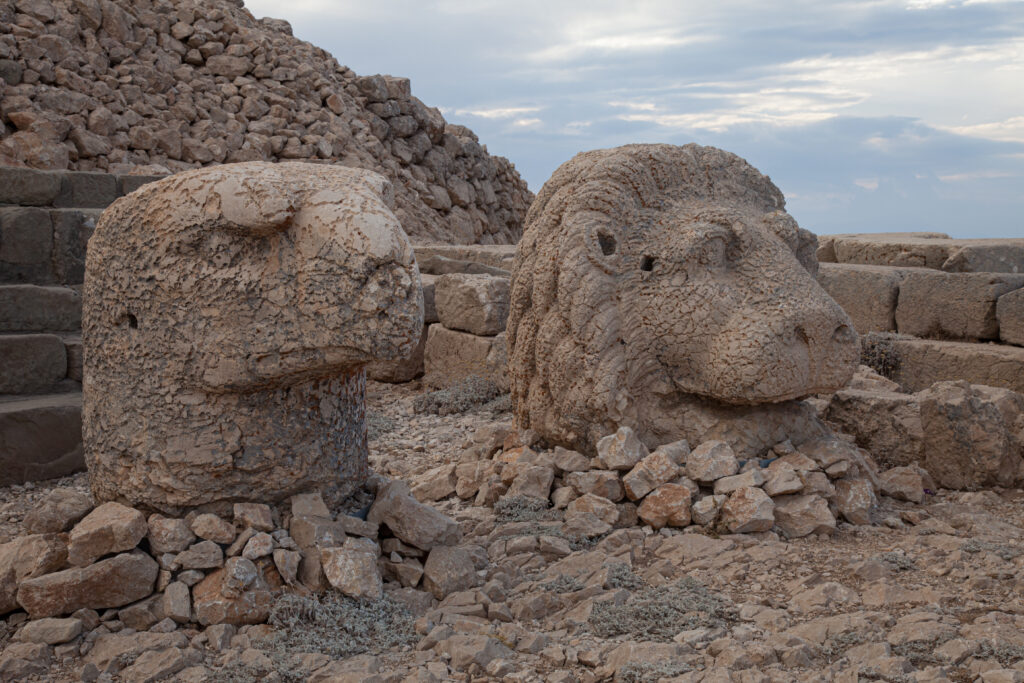
Earthquakes or erosion have since separated the heads, which now sit below as silent remnants. Nevertheless, the craftsmanship—helmets, robes, steady expressions—endures, preserved by the dry, high-altitude climate. Were these figures guardians of the tomb or tributes to the gods? The answer remains a compelling puzzle.
Building a Monument on High
Constructing Mount Nemrut demanded significant labor and ingenuity. Workers hauled limestone blocks up 7,001 feet, carving them with chisels and hammers without advanced tools. The tumulus, a vast rock pile, measures 499 feet wide and 161 feet high, likely concealing a tomb from looters; excavation poses risks of collapse. Meanwhile, terraces were carved into the slope, with statues placed on firm bases to frame the sunrise and sunset.
Hundreds likely toiled for years, shifting ~9-ton blocks using ramps or sledges, methods lost to history. A western terrace relief, the Lion Horoscope, displays Jupiter, Mercury, and Mars, aligning with the sky around 62 BC, possibly signaling the project’s start. Thus, Mount Nemrut showcases remarkable skill, its full significance still shrouded in stone.
Rediscovery After Ages
Mount Nemrut remained unnoticed until 1881, when Sester, surveying Ottoman roads, followed local tales of “stone giants” to the summit. Theresa Goell’s 1950s excavations sought Antiochus’s tomb but yielded no breakthrough. By 1987, UNESCO declared it a global treasure, and today, 50,000 visitors arrive yearly from April to October, often from Adıyaman or Kahta. Ash samples confirm its origin at ~62 BC, peak Commagene years.
Preservation proves challenging; earthquakes and frost damage the statues, while foot traffic erodes paths. Still, the site’s dawn views highlight a tangible link to the past, drawing attention to its rediscovery and enduring allure.
A Place Among Ancient Wonders

Mount Nemrut fits neatly among ancient monumental works, sharing traits with other grand structures of its time. Greece’s Mausoleum at Halicarnassus, built around 350 BC, matches its impressive scale, while Persia’s rock reliefs from the same era echo its carved style. Egypt’s obelisks, dating back to 2000 BC, also rise to towering heights, yet Mount Nemrut stands apart with its remote mountain location. Commagene’s trade with neighbors like Armenia and Parthia brought stone and artistic ideas, shaping its design.
This exchange influenced the site’s unique divine lineup—Antiochus blended Greek and Persian gods in a way no other culture replicated. For instance, the combination of Zeus with Oromasdes reflects a rare cultural fusion, distinct from any exact parallel. Meanwhile, its timing, just before Rome’s rise in 72 AD, positions it as a bridge between East and West. Today, Mount Nemrut draws global interest; scans in 2023 analyze statue wear, and visitors trek 600 meters for sunrise views, underscoring its lasting impact as a window into a pivotal historical moment.
Unanswered Riddles in Limestone
No documents clarify Mount Nemrut’s purpose; was it solely a tomb, a temple, or a royal boast? The Lion Horoscope suggests a tie to the stars, but no tools or remains provide evidence. Did invaders topple the heads, or did nature take its course? Erosion obscures more; the slopes might conceal chambers. That silence, following Rome’s 72 AD conquest, fuels ongoing questions about a monument ahead of its era.
Now near Adıyaman, Mount Nemrut remains Turkey’s ancient enigma after 2,000 years. This limestone testament endures, too bold to overlook, connecting modern observers to a Commagene legacy that invites exploration.

